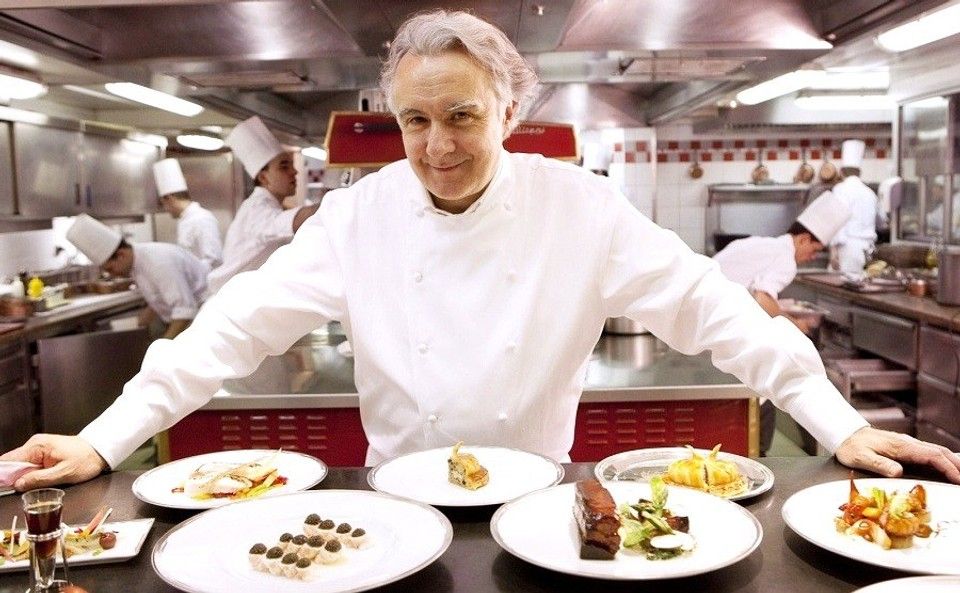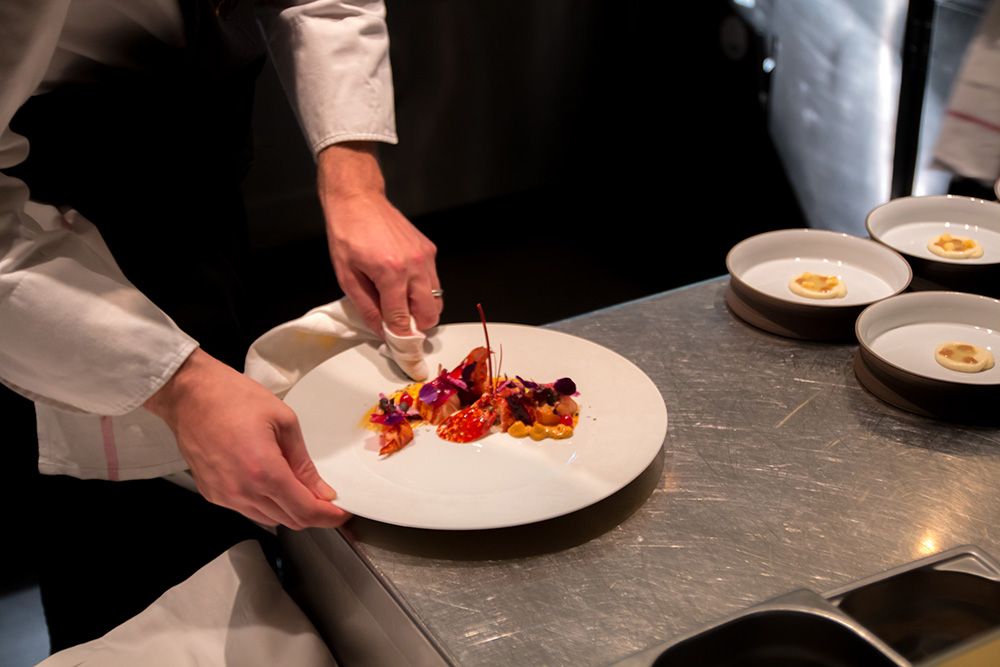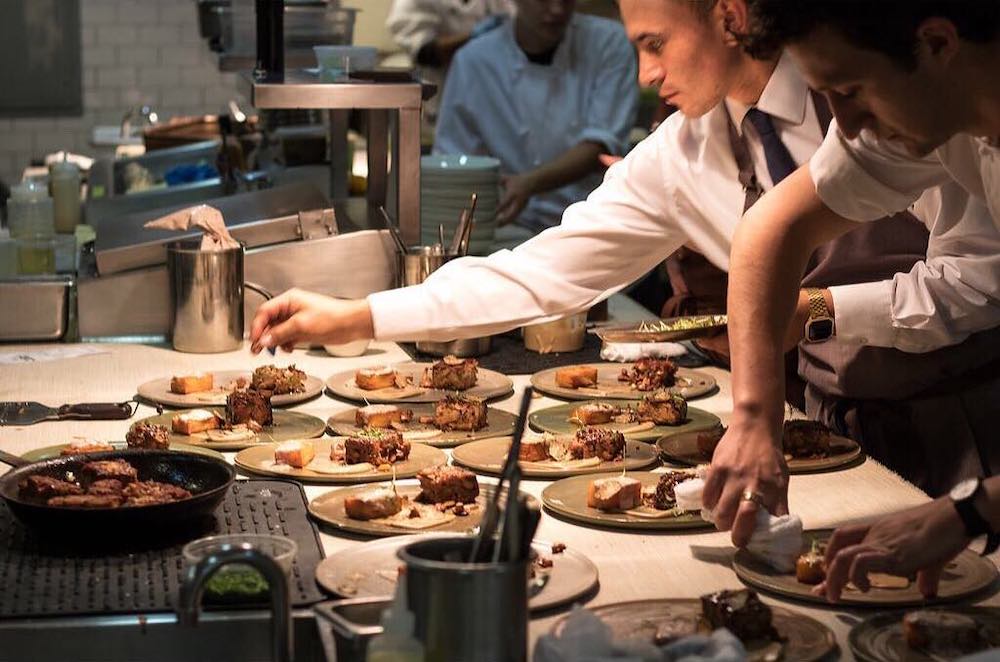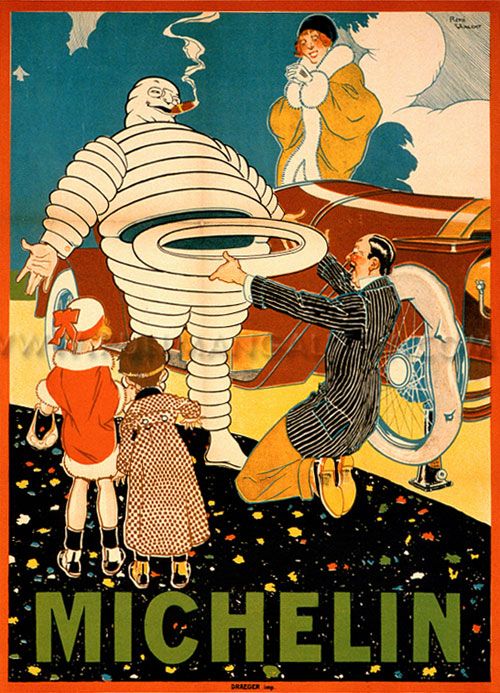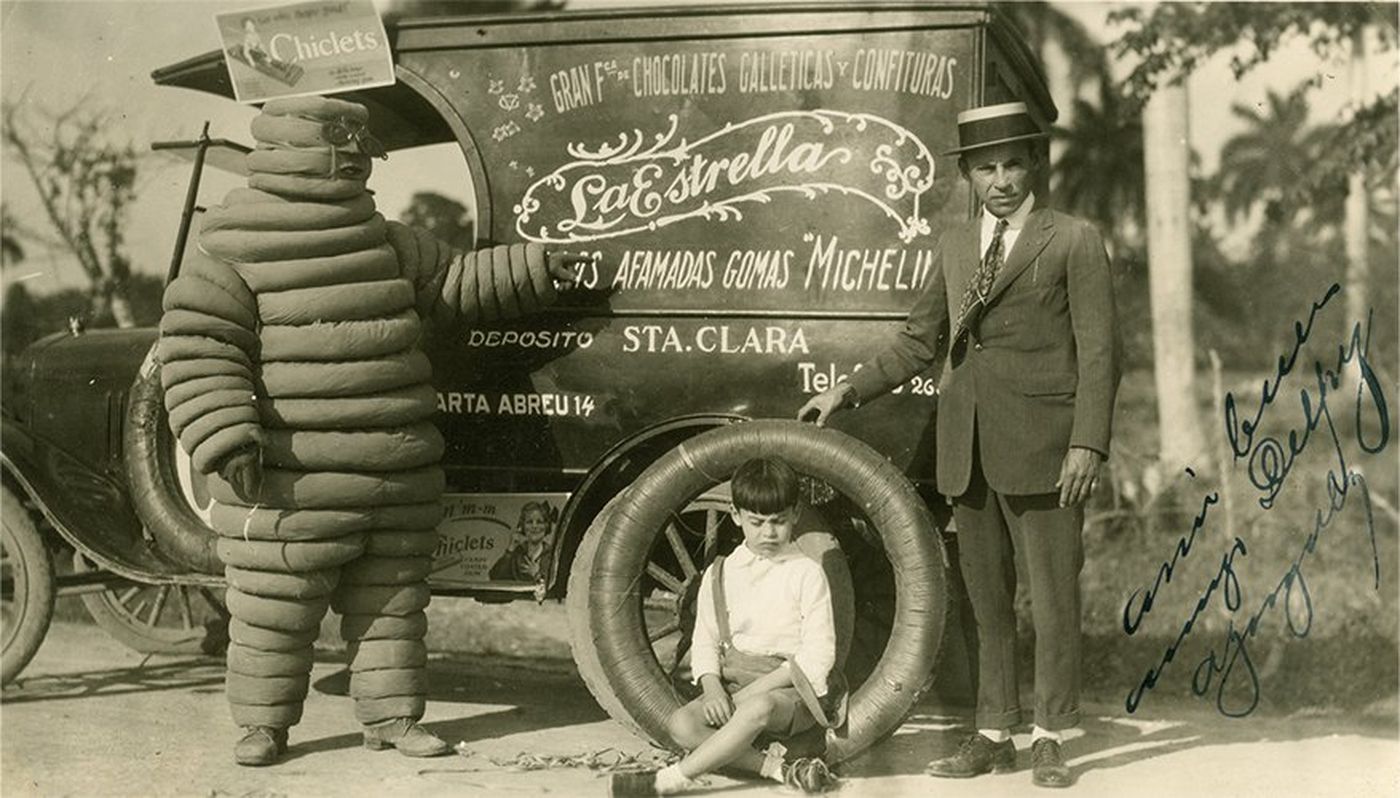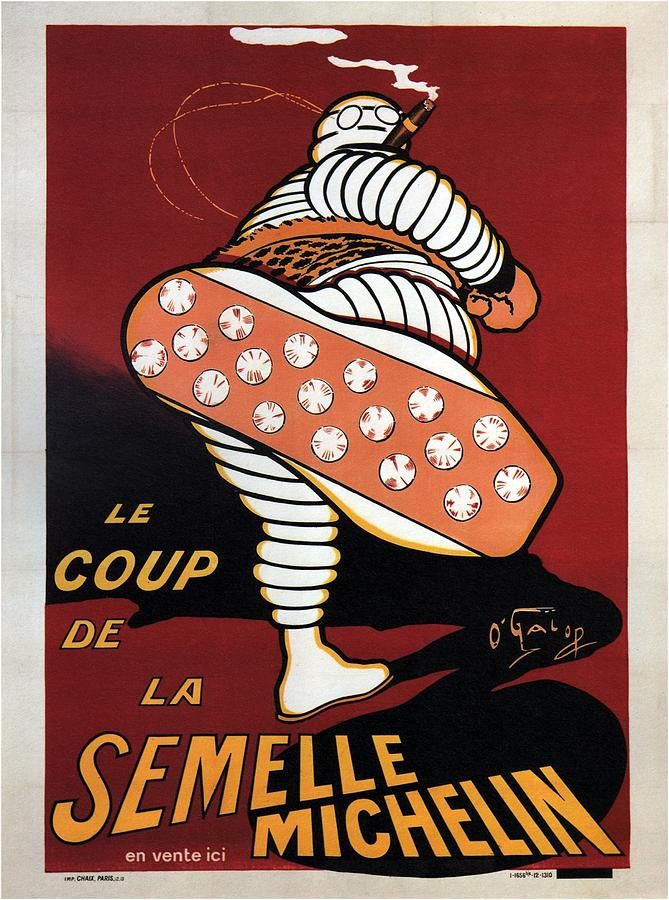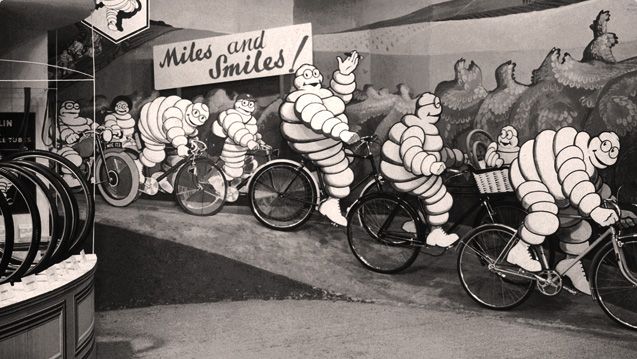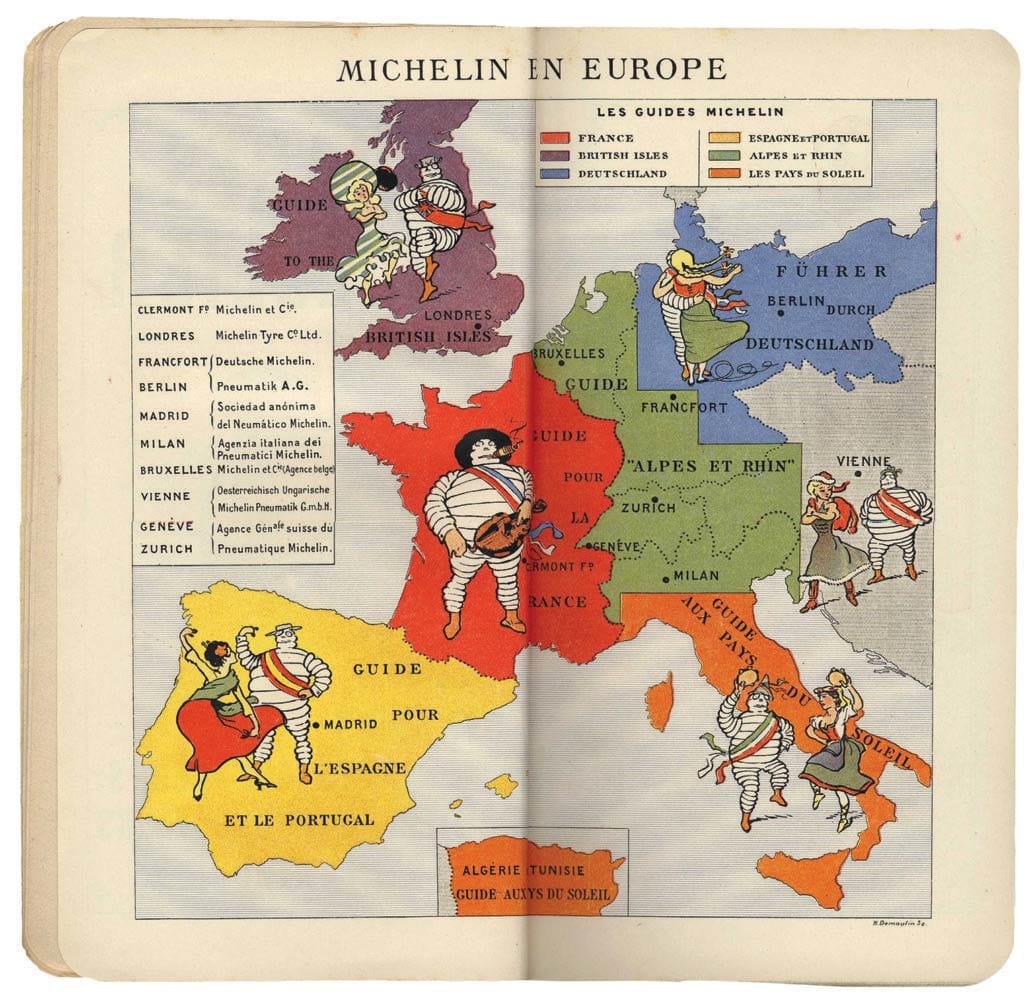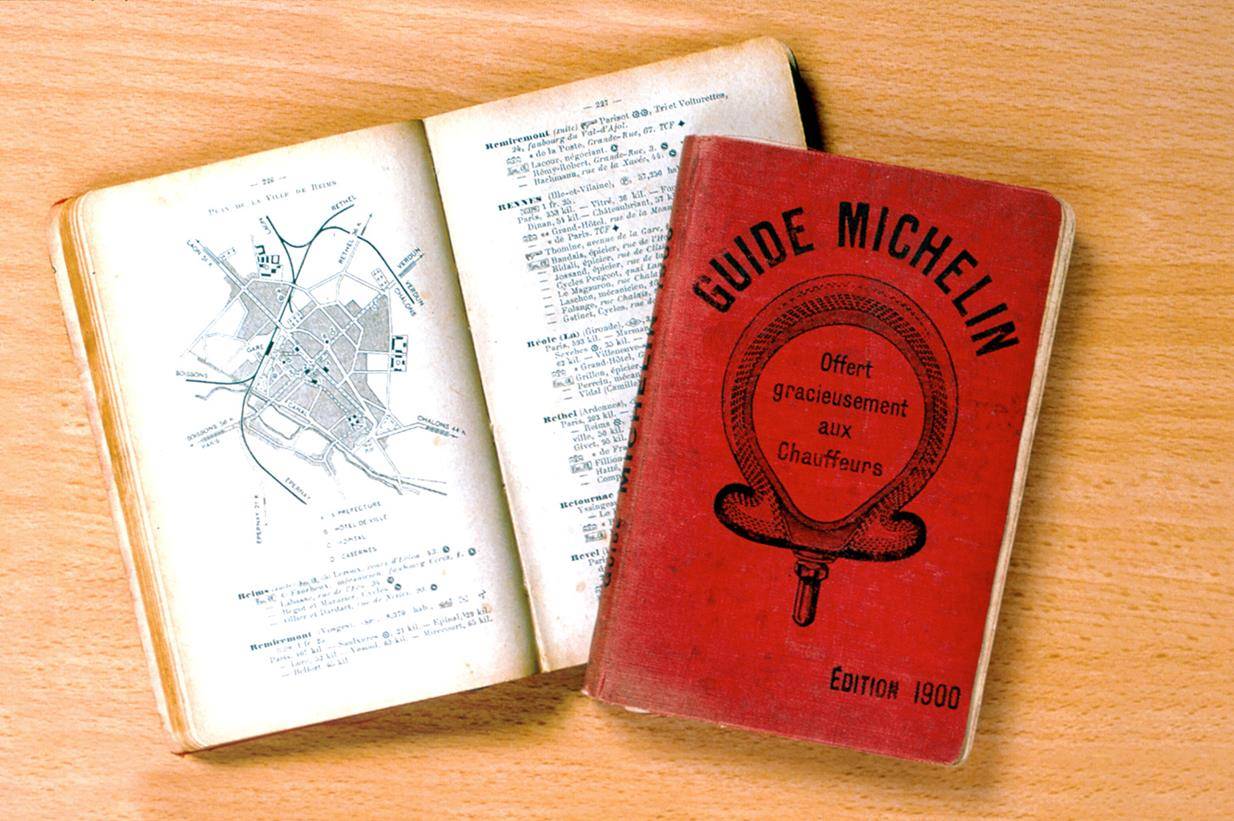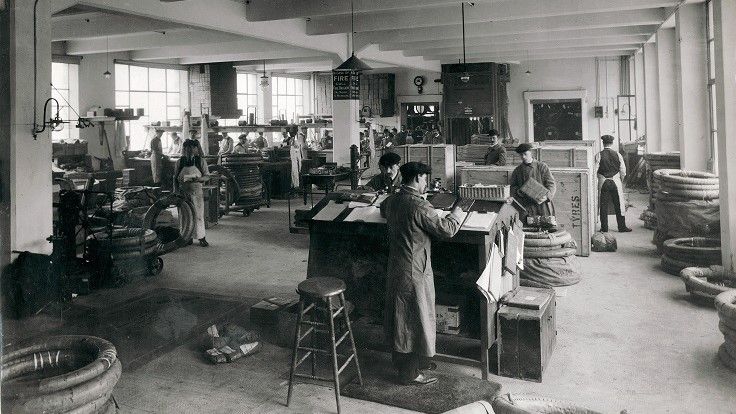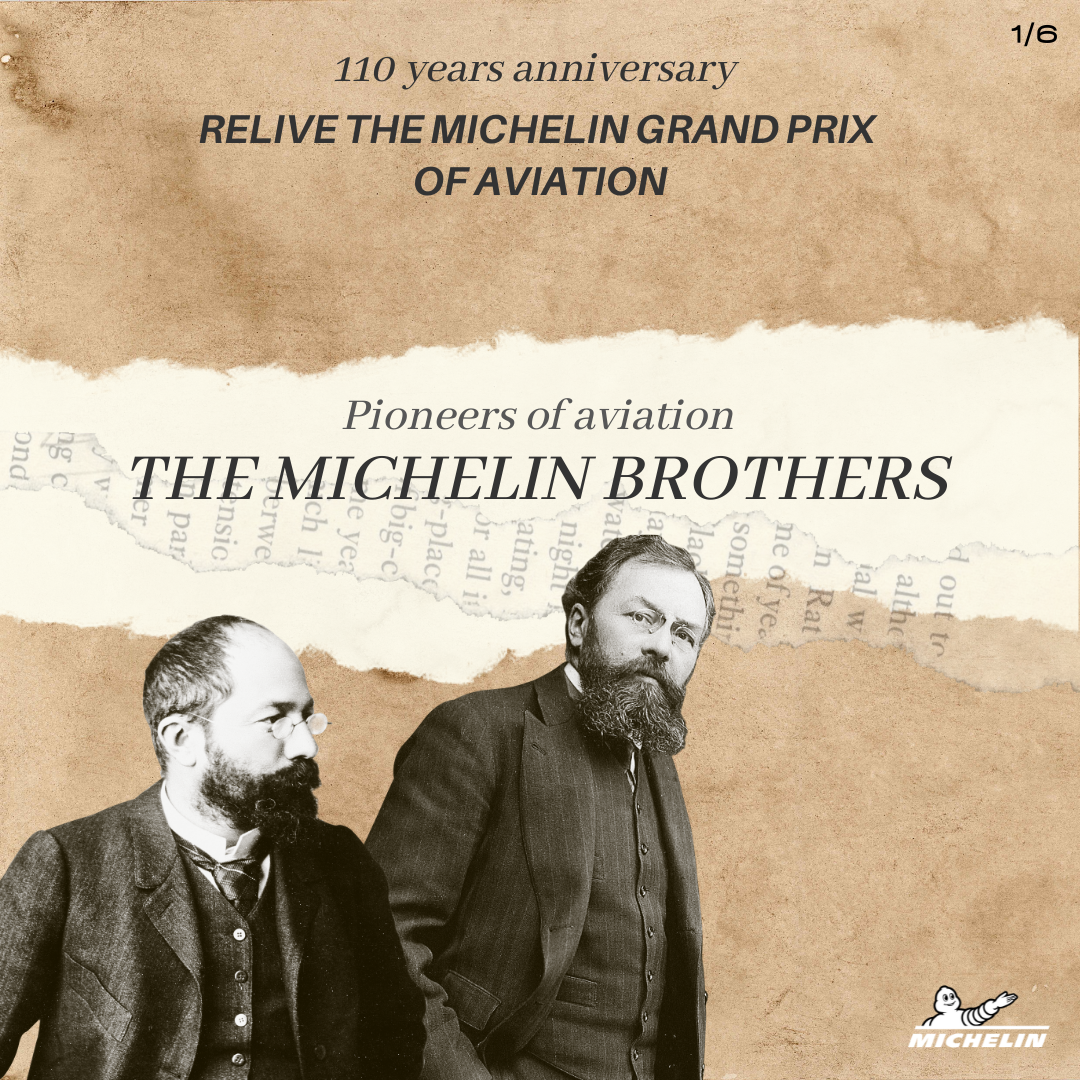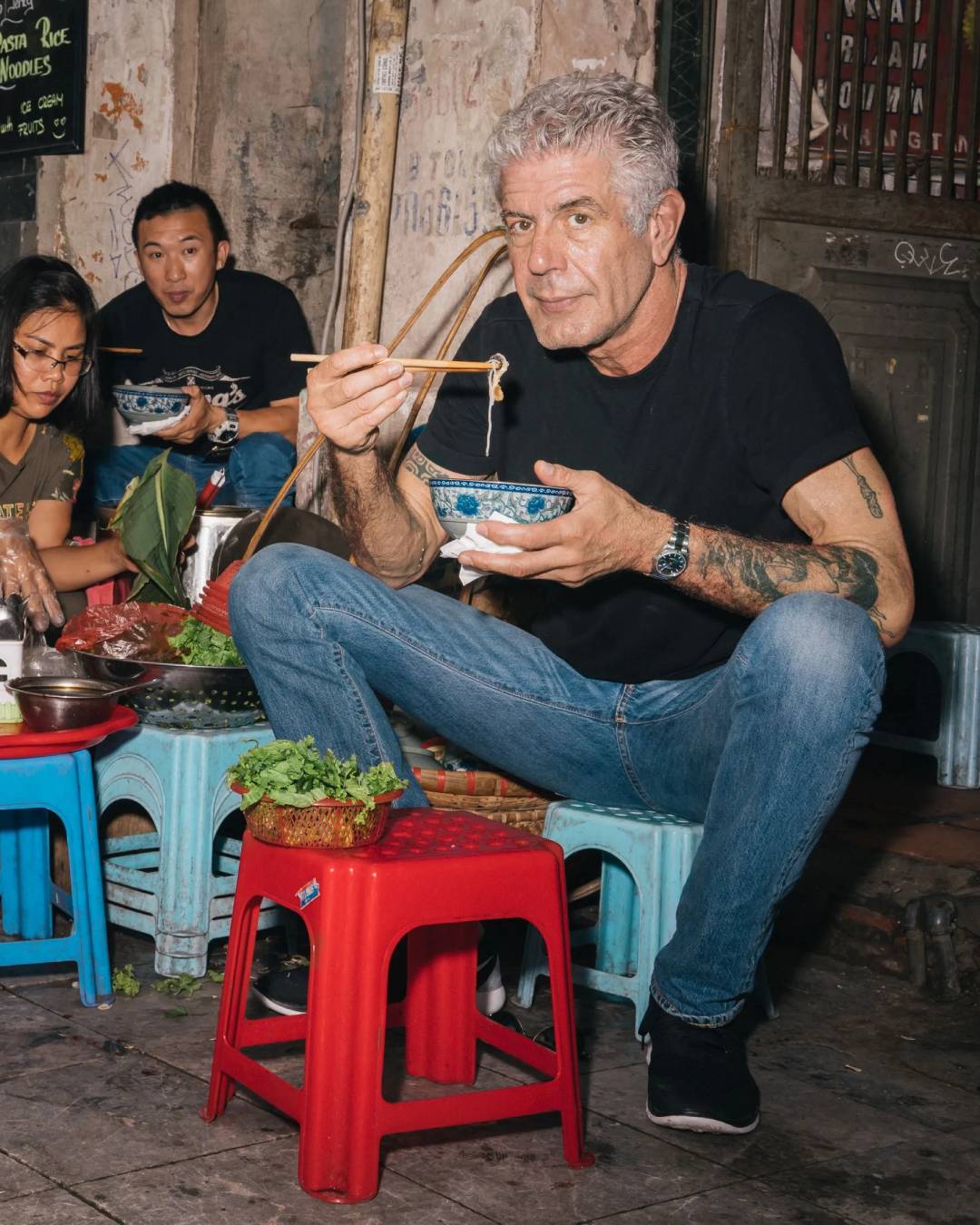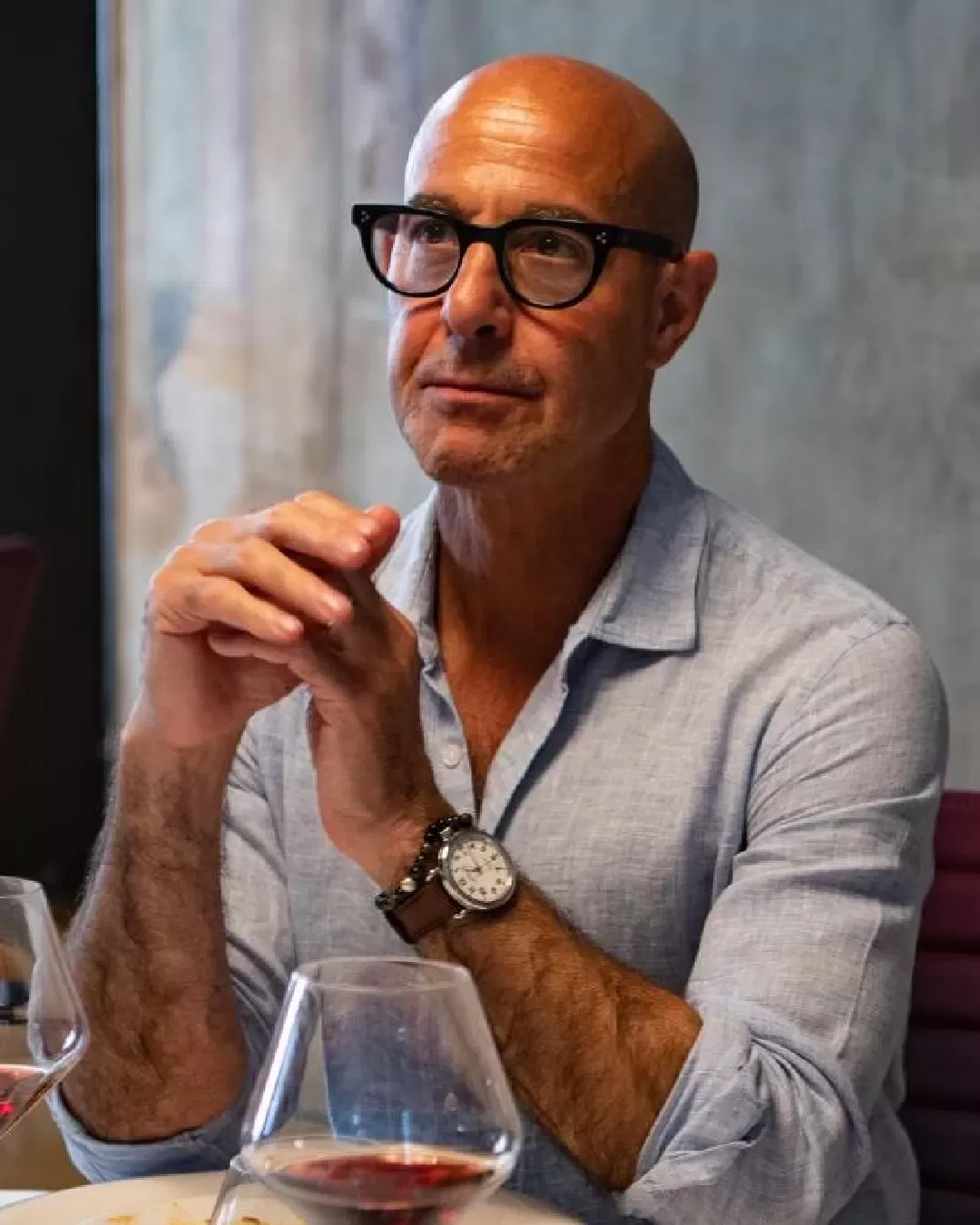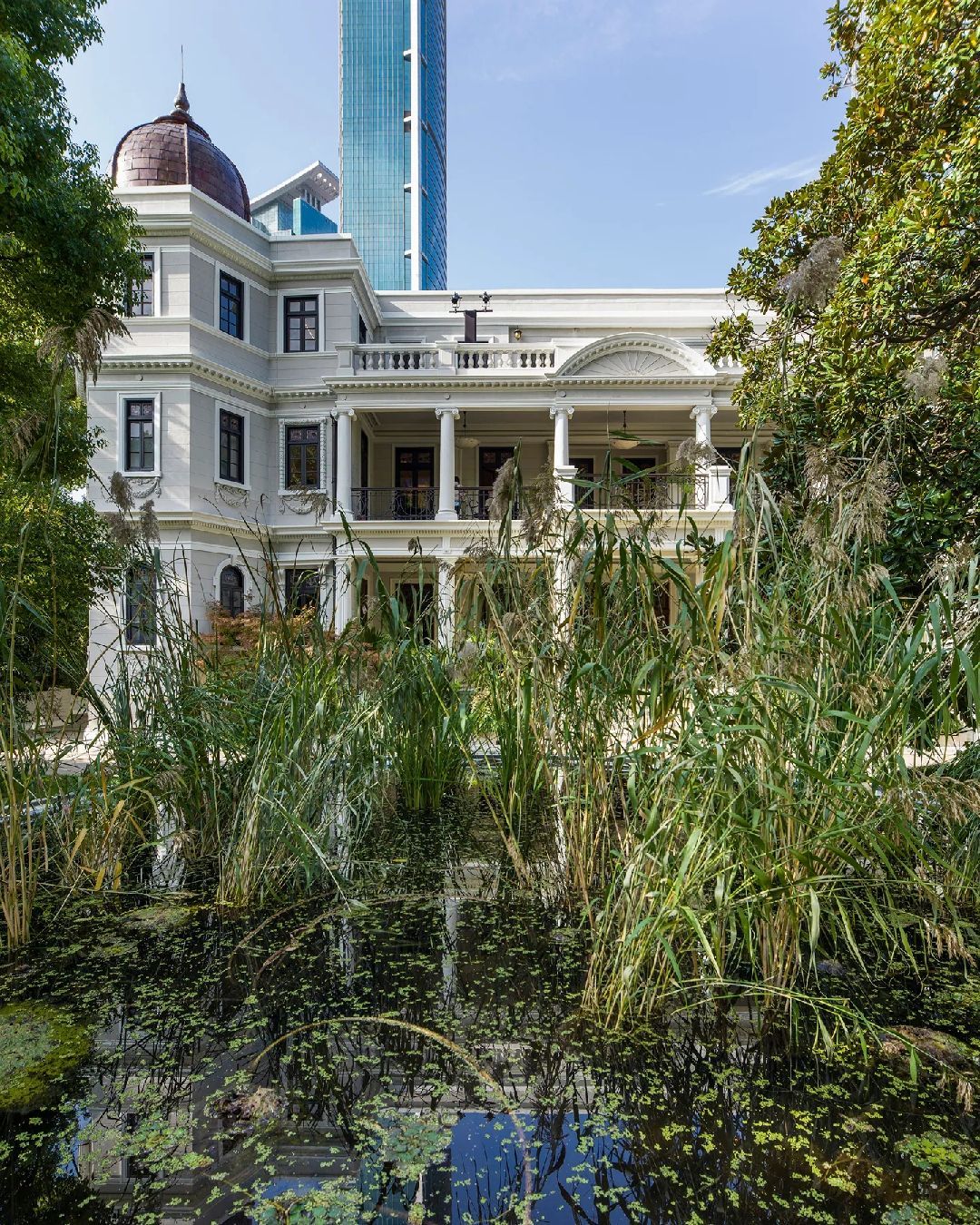
Michelin Guide Success Story How a tire company created the industry's most authoritative culinary guide
You don't have to be a chef or a foodie to be aware of what a Michelin star means in the restaurant industry, the universal symbol of haute cuisine, celebrity chefs, revolutionary technology, of a very expensive meal with meager portions. Some chefs or restaurants that have received a Michelin star might compare the experience to winning an Oscar or Grammy, yet despite the award's pretentious reputation, stars are not only awarded to white-tablecloth restaurants. In 2009, Chan Hon Meng, chef and owner of the Hill Street Tai Hwa Pork Noodle stand in Singapore, became the first street food vendor to receive the coveted award. Then, in 2017, Thai chef Jay Fai was honored for her street food stand, but then wanted to return the award in 2019 when the news attracted a mind-boggling amount of orders that were impossible to handle. Star chef status may be prestigious, but eating at one of these restaurants doesn't always mean everyone stays satisfied. A recent example is that of an American blogger who visited a starred restaurant in Lecco, Italy, only to leave a scathing review online, calling it "the worst Michelin restaurant" ever. Certainly, in the restaurant business as in any creative industry, it's not impossible to please everyone.
How a tire company became a judge of haute cuisine
In 1889 in the small town of Clermont-Ferrand in the Auvergne-Rhône-Alpes region, two brothers, André and Édouard Michelin, founded the Michelin Tyre company. Quickly becoming the leading supplier of tires in all of France, the duo soon identified a marketing opportunity they couldn't pass up. The pair built their legacy by making a family-owned business the go-to for travelers, creating a guidebook that encouraged road trips, listing the best destinations one could visit, since more cars on the road automatically meant selling more tires. In 1894, it is said that one of the brothers noticed a pile of tires that looked remarkably like a human figure, and from there the Michelin man, or as he is known in France: Mr. Bibemdum, was born. A figure that looks similar to Dionysus or Bacchus, whose name is taken from the well-known Latin phrase 'Nunc est bibendum', 'now is the time to drink'. The cheerful figure was the perfect face for the brand, a recognizable character to attract customers. However, how a tire company became a leading authority and jury on fine dining is still a mystery to this day. In fact, the names of the members of the committee are still jealously guarded secrets, but in general the criteria for judging the award are: 1. product quality, 2. flavors and technique, 2. personality of the chef in his dishes, 3. overall value, 4. consistency.
The state of the Michelin guide in 2022: what it means to receive star one today
While winning a Michelin star is still an honor and a significant accomplishment, to say it is every chef's dream would be incorrect. As in the case of Thai street food that wanted to return the star for receiving more orders than it could handle, the star undoubtedly creates expectations that not all restaurants and chefs want to take responsibility for. The pressure that accompanies recognition begins the day it is awarded, because the new challenge is to maintain it before hoping to earn another. Restaurants that have earned Michelin stars are revisited by anonymous judges who can award the same, less, more or even no stars. Today's kitchens are divided, as not all chefs or restaurants are interested in accumulating stars, while others make it their main goal. But just because a restaurant or chef doesn't aim to gain such recognition doesn't mean they lack the necessary criteria, it's simply rooted in a different kind of approach to the craft in the chef's vision or the dynamics of the work environment.
What do Michelin kitchens look like?
While not all Michelin restaurant kitchens are the same, many chefs will attest to the fact that working in environments where notoriety is the main goal usually means collaborating with a particular type of brigade, all sharing aspirations and intentions. Cutting-edge techniques along with deep product knowledge and an eye for aesthetics are necessary and appreciated qualities. Often known outside of the culinary industry as a meeting place for VIPs, these kitchens seek to create a standard, raise the bar of expectations and break with tradition. Feelings of competition can arise when techniques and visions are seen as a brand or trade secrets, resulting in a reluctance to share information or recipes.
The future is in the stars (Michelin)
Due to the infinite potential and diversity that food and innovation offer, the concept of a "great restaurant" is constantly evolving and depends primarily on the type of customer being served. Over the years, other culinary or travel guides have emerged with their own peculiar criteria and classifications, which owe their success to some of the shortcomings attributed to the famous guide in the past, including the accusation of giving biased reviews in the past. Nevertheless, getting a star in the Michelin Guide currently remains the most coveted award for many haute cuisine professionals, but just as the criteria that define success in the culinary industry continue to adapt and change, so will the Michelin Guide, always being able to rely on a less fickle sector of the kitchen: tires.










































